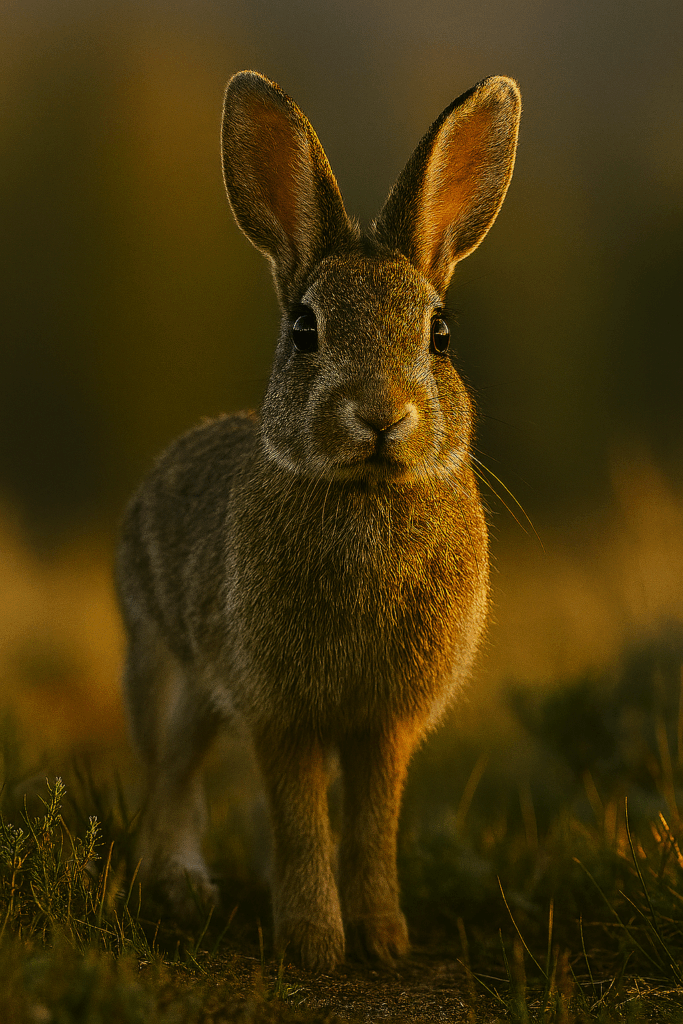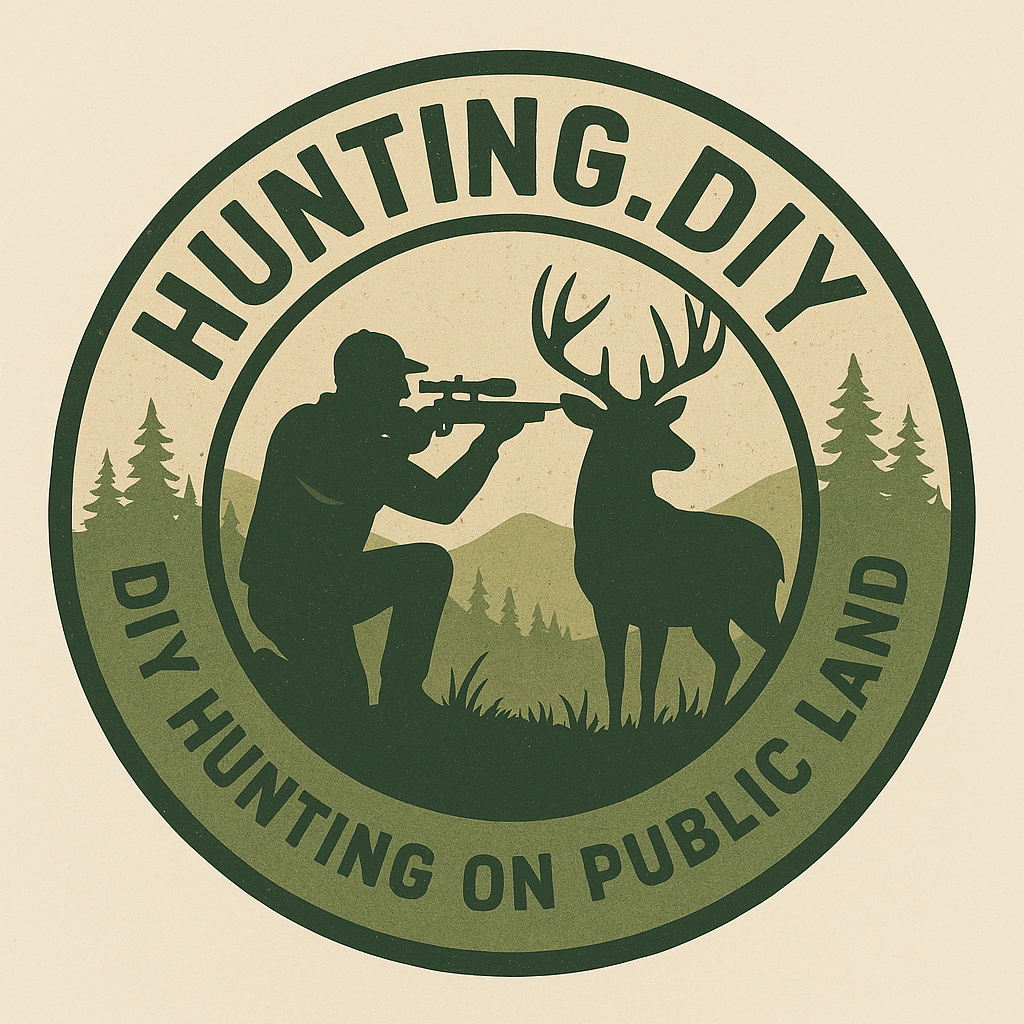Rabbit and Hare DIY Hunting Guide & Tips (2025)
Rabbit and hare hunting guide experts know that mastering small game requires keen observation, patience, and the right tactics—this rabbit and hare hunting guide will help you succeed on public lands.

Huntable Species
The two primary lagomorphs pursued by North American small-game hunters are the Eastern cottontail rabbit (Sylvilagus floridanus) and the snowshoe hare (Lepus americanus). Cottontails thrive in brushy edges and agricultural clearings from coast to coast, while snowshoe hares inhabit dense coniferous and mixed forests across Canada and northern U.S. states. Both provide fast action, but their behaviors and hunting tactics differ markedly.
Species Classification
Rabbits and hares belong to the family Leporidae. Cottontails fall under the genus Sylvilagus, adapted for dense understory cover and short, rapid movements. Hares are in the genus Lepus, exhibiting longer limbs for high-speed running and seasonal coat color changes. These taxonomic distinctions reflect ecological niches: rabbits as scrub dwellers and hares as open-forest sprinters.
Physical Description
Eastern cottontails weigh 2–4 pounds and display gray-brown fur with a prominent white tail “cotton” patch. Their compact bodies and short ears favor quick, bounding escapes through briar patches. Snowshoe hares are larger—up to 6 pounds—with long hind legs and oversized feet acting as snowshoes. Their fur molts white in winter and brown in summer to match the forest floor, aiding camouflage.
Distribution and Habitat
Cottontails occupy early-succession fields, brush edges, and human-disturbed areas nationwide except high mountains and tundra. Optimal zones include abandoned farmland, power-line corridors, and fence-line thickets. Snowshoe hares prefer boreal forests, cedar swamps, and regenerating clearcuts where deep cover and abundant ground vegetation persist through harsh winters.
Season Dates and Regulations
Rabbit seasons generally open in September or October and extend through late winter, with daily bag limits of four to ten across most states. Snowshoe hare seasons run October through March in many northern jurisdictions, often with longer seasons and higher bag limits due to stabilizing populations. Always verify state-specific dates, permit types, and unit restrictions before hunting.
Best Hunting Regions
The Southeast and Midwest deliver prolific cottontail hunting on public WMAs and national forests, especially in Georgia, North Carolina, and Illinois. Snowshoe hare strongholds appear in Maine’s North Woods, Minnesota’s northern forests, and Rocky Mountain conifer zones, where deep snow concentrates hares in predictable thickets.
Hunting Equipment: Gun and Ammo
A .22 Long Rifle with a 3–9× scope is ideal for pinpoint shots on cottontails in open edges. A 20-gauge shotgun with light shot (No. 6 or 7½) excels in dense cover when rabbits bolt unexpectedly. For hares, a scoped .22LR or a 20-gauge shotgun with No. 4 shot pairs accuracy with reach, crucial for flushes in deep snow.
Hunting Methods and Techniques
Rabbit hunters employ slow still-hunting: methodically kicking through briar patches and pausing to glass field edges for motion. Zig-zag patterns through heavy cover flush cottontails into range for rapid rifle or shotgun fire. Hare hunters follow tracks in snow, glassing from ridges, and working pairs of hares during late-winter pairing behavior, seeking doubles within 30–40 yards of the initial flush.
Licenses and Tags
A valid small-game license covers both rabbits and hares in most states. No separate tags are required, though some regions mandate habitat or conservation stamps. Hunter education certification is often mandatory for first-time licensees. Always carry physical proof of licensure and review local reporting requirements.
Diet and Feeding
Cottontails browse on forbs, grasses, clover, and agricultural crops at dawn and dusk, seeking cover close to feeding flats. Snowshoe hares consume woody browse—willow, birch, maple twigs—and conifer needles in winter, switching to grasses and berries in summer. Fresh tracks around feeding sign pinpoint active hunting areas.
Reproduction and Life Cycle
Cottontails produce up to five litters annually from spring through fall, with 3–6 kits per brood, resulting in high summer densities. Snowshoe hares breed February through September, yielding 2–4 leverets per litter. Juvenile mortality is high, but stable hare populations support sustained late-winter seasons.
Population Status
Eastern cottontail populations remain robust due to habitat adaptability, while snowshoe hare numbers fluctuate with conifer seed mast cycles but overall stay strong across core ranges. Wildlife agencies monitor harvest and brood surveys to adjust season lengths and bag limits for sustainability.
Meat Quality and Processing
Rabbit meat is lean and tender when dressed promptly. Field-dress immediately, skin with the “sock method,” soak in saltwater for flavor, then fry or stew. Hare meat, slightly gamier, benefits from marinating before slow cooking or smoking. Cold aging for 24 hours improves texture for both species.
Safety Considerations
Always positively identify your target before shooting—rabbits and hares inhabit areas shared with other hunters. Maintain muzzle control and wear hunter orange if required. In winter hare hunts, avalanche and hypothermia risks demand layered clothing, avalanche beacons in mountainous terrain, and reliable communication gear.
Tracks and Sign
Rabbit tracks show alternating bounding patterns with front and hind feet landing close together. Look for bite marks on vegetation and small droppings near cover. Hare tracks reveal longer strides and splayed hind feet; snowshoe hare runs leave distinctive snowshoe imprints. Browse stubble and push-through snow beds mark feeding sites.
Similar Species and Key Differences
Rabbits are smaller, crepuscular, and use dense understory for quick escapes. Their tracks measure under two inches. Hares weigh more, run faster, and exhibit seasonal coat color change for winter camouflage. Unlike rabbits, hares nest above ground and lack burrows. Recognition of ear length, size, and habitat use ensures legal harvest and avoids misidentification.
Pursue both rabbits and hares on public land with minimal gear, keen observation, and respect for seasons and regulations. Mastering their differences and behaviors elevates small-game hunting into a rewarding, self-reliant pursuit.
